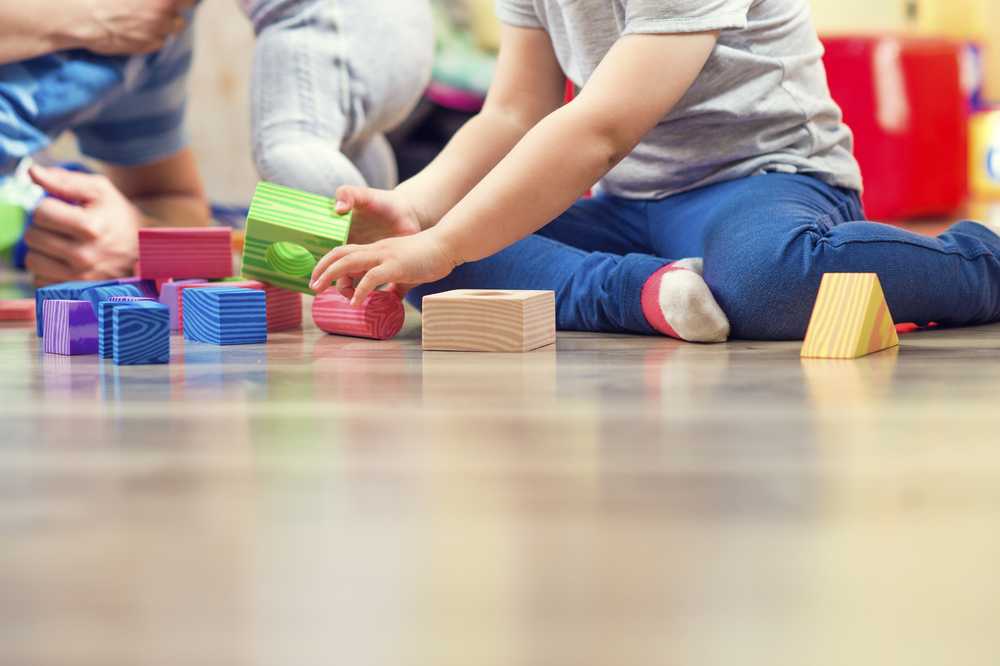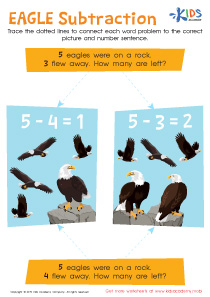Shape identification Addition Worksheets for 8-Year-Olds
13 filtered results
-
From - To
Unlock a world of fun and learning with our "Shape Identification Addition Worksheets for 8-Year-Olds." Ideal for young students, these engaging worksheets meld basic addition skills with shape recognition practice. Each worksheet features vibrant, interactive activities designed to boost math competency while enhancing spatial awareness. Perfect for home or classroom use, our resources support cognitive development and stimulate a love for learning. Whether they are solving sums or identifying geometric shapes, your child’s journey to mastering math fundamentals has never been more enjoyable. Equip your 8-year-old with the tools they need to succeed and thrive academically!
Shape identification and addition are fundamental skills that significantly contribute to the cognitive and academic development of 8-year-olds. Parents and teachers should prioritize these skills because they form the building blocks for more advanced mathematical concepts and problem-solving abilities.
Shape identification enhances a child’s spatial awareness and visual discrimination, which are crucial for understanding more complex geometric concepts later. Recognizing and differentiating between shapes also helps in developing logical thinking, an essential skill not only in mathematics but across various subjects.
On the other hand, addition is one of the four basic arithmetic operations and is deeply integrated into daily life. Mastery of addition at a young age facilitates the learning of more complex mathematical operations like subtraction, multiplication, and division. It builds a child's confidence in their math abilities, making them more eager to tackle increasingly challenging problems. Moreover, many real-life situations require addition skills, from simple tasks like counting objects and calculating money to more complex problem-solving scenarios.
Combining shape identification and addition activities can make learning more engaging and meaningful. For example, counting the sides of shapes or adding objects within certain shapes can reinforce both sets of skills simultaneously. This dual focus supports overall cognitive development and prepares children for future academic success.
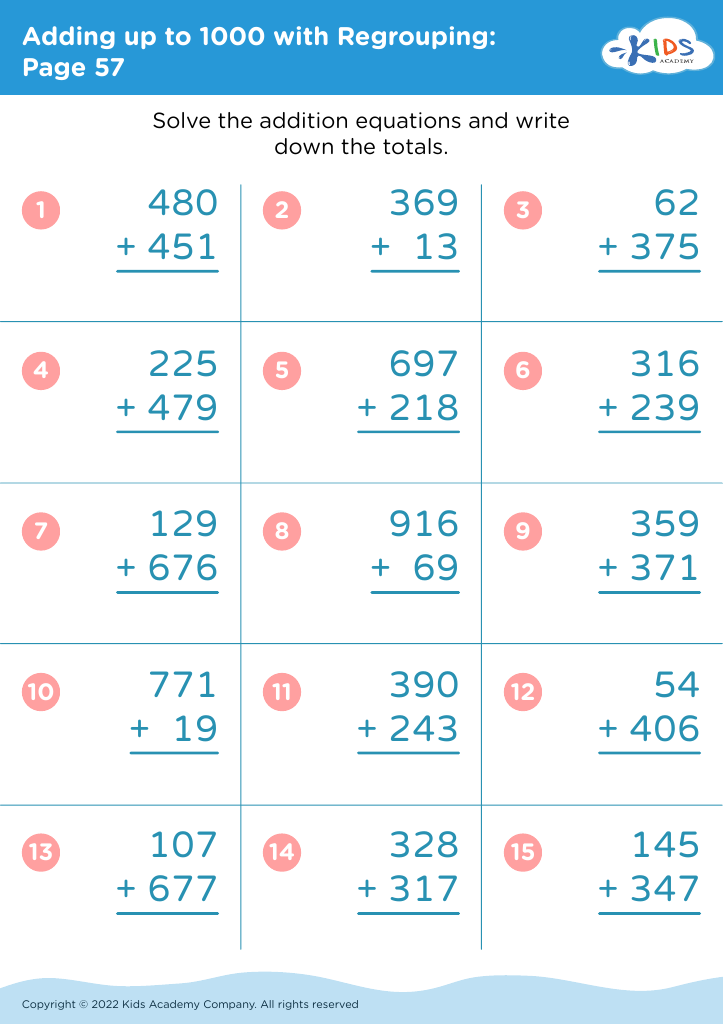
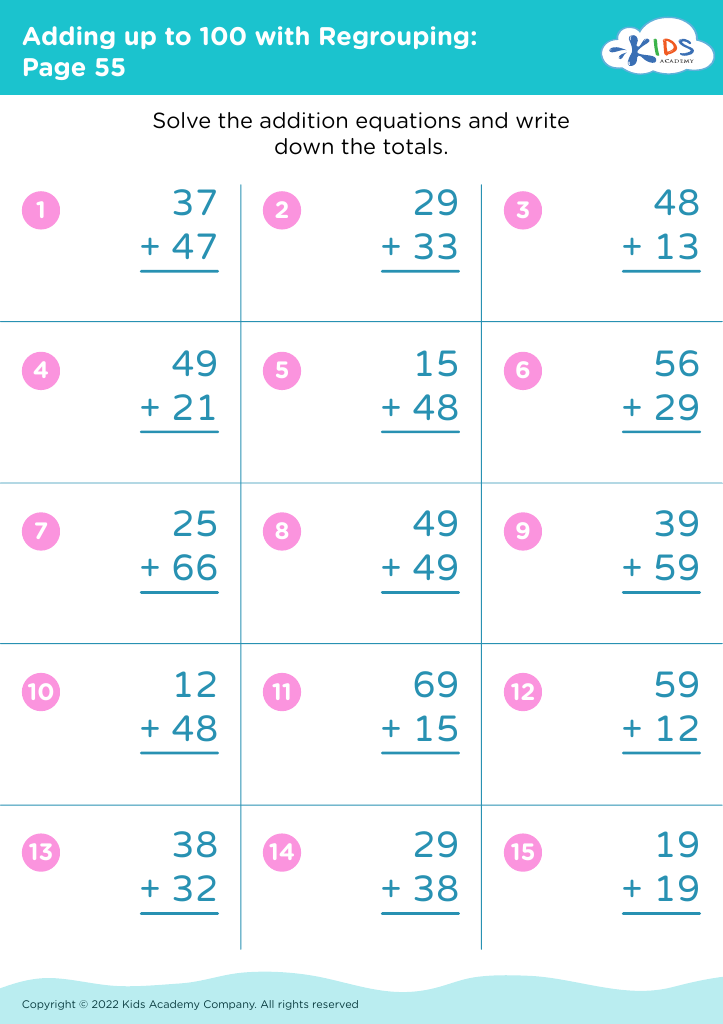
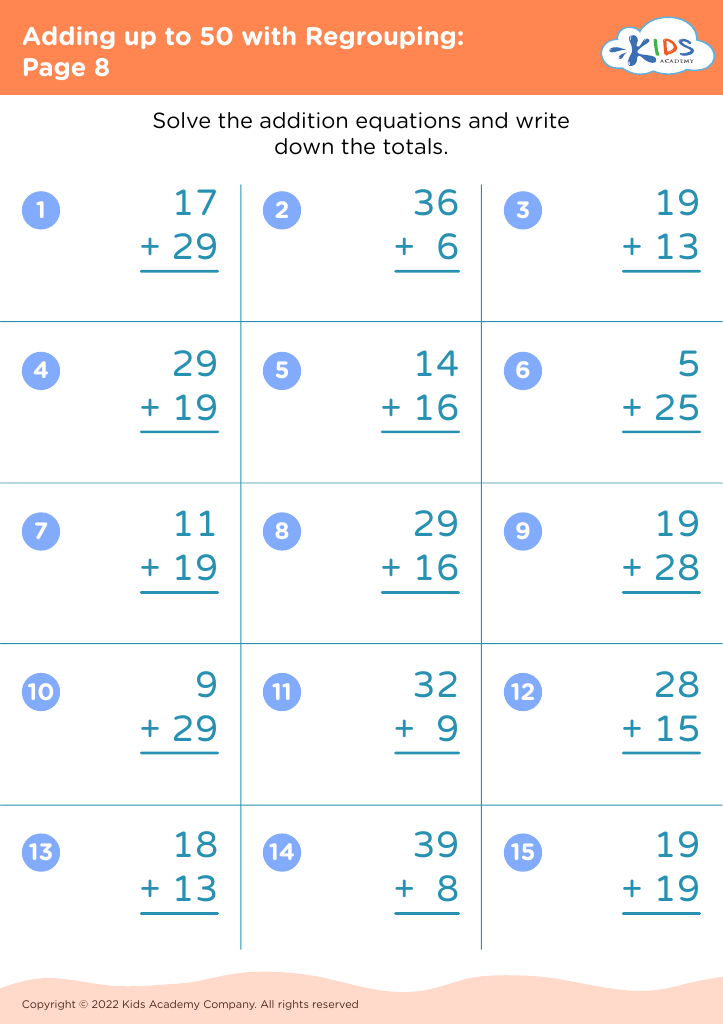
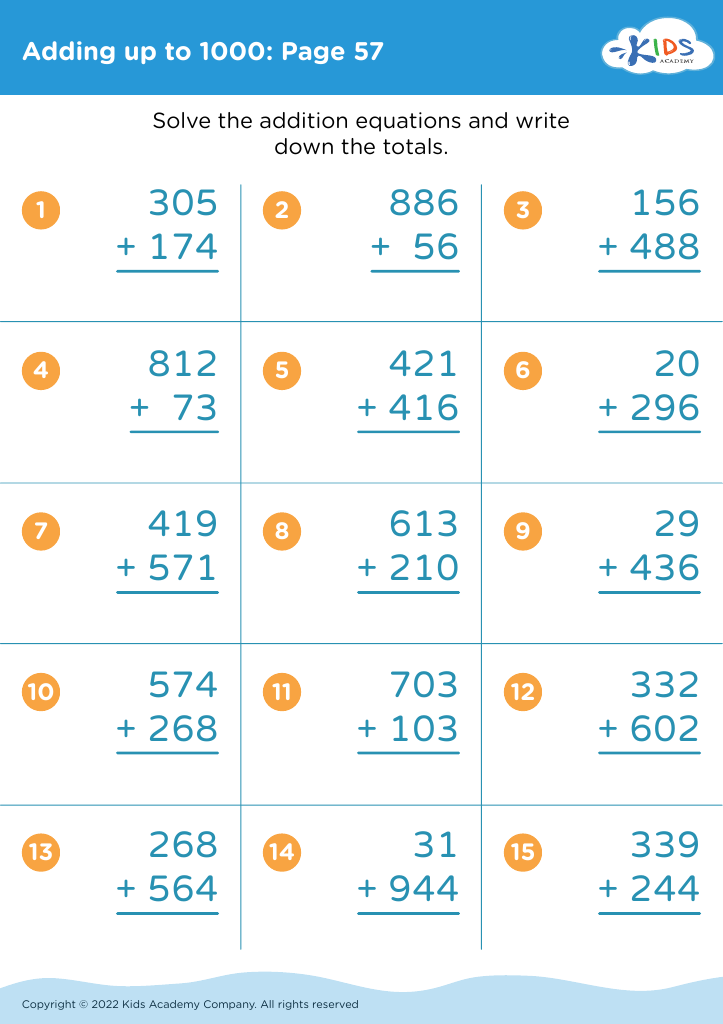
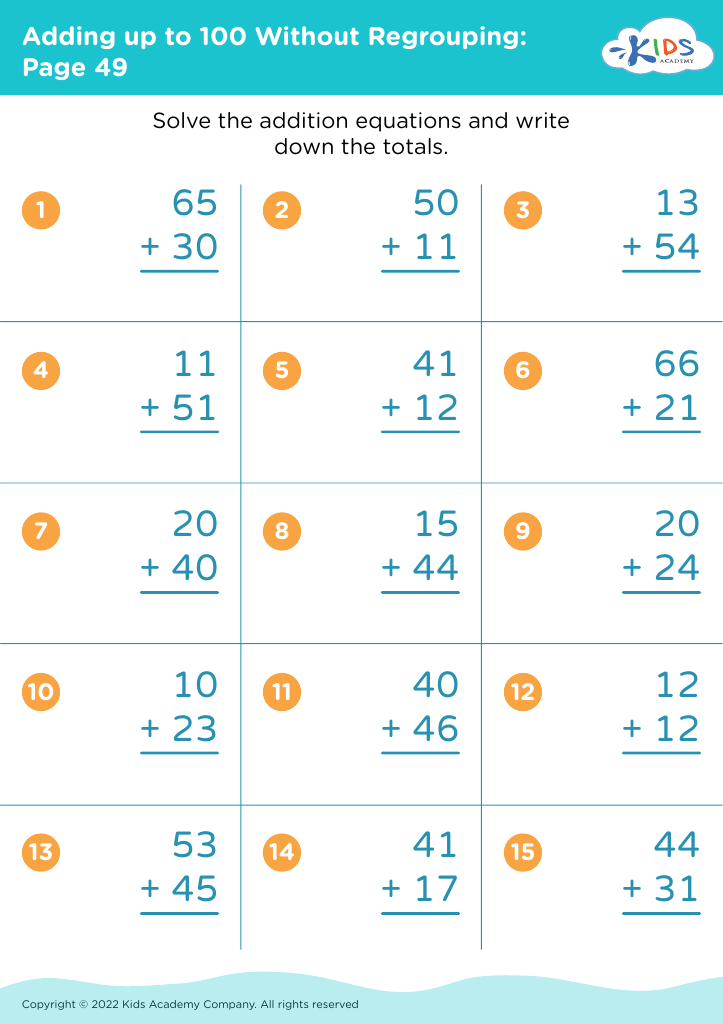
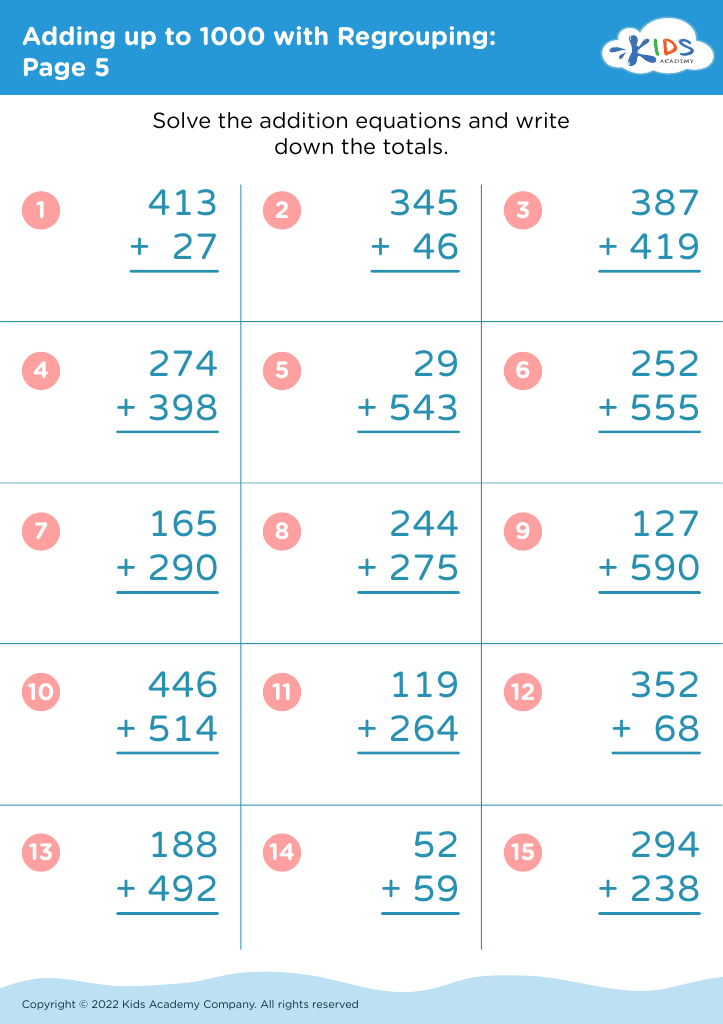

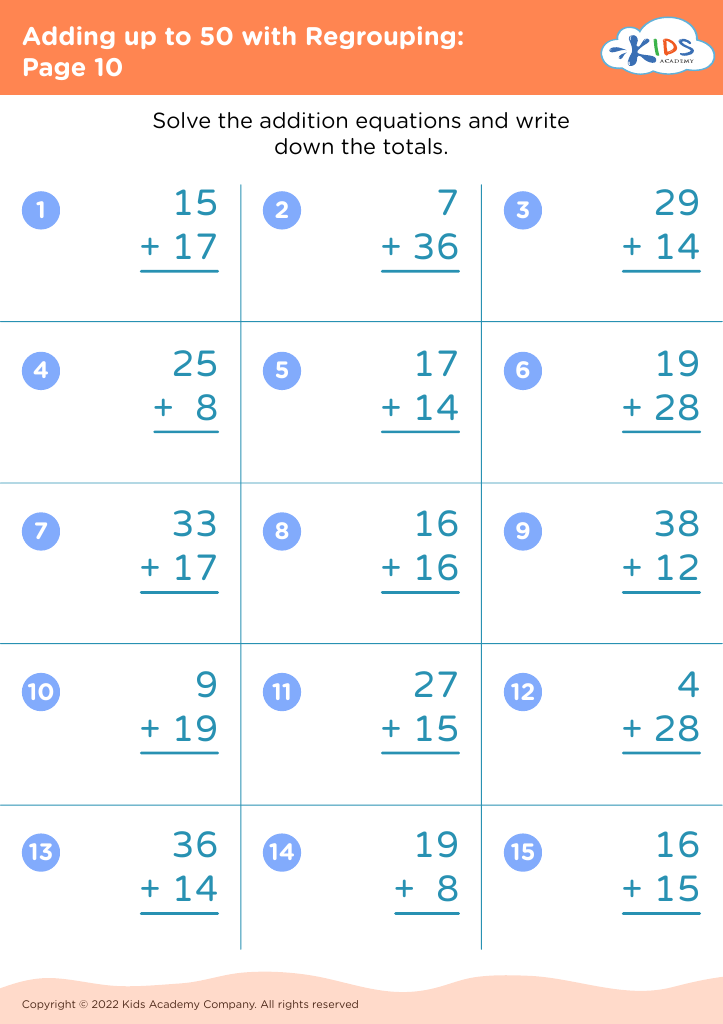
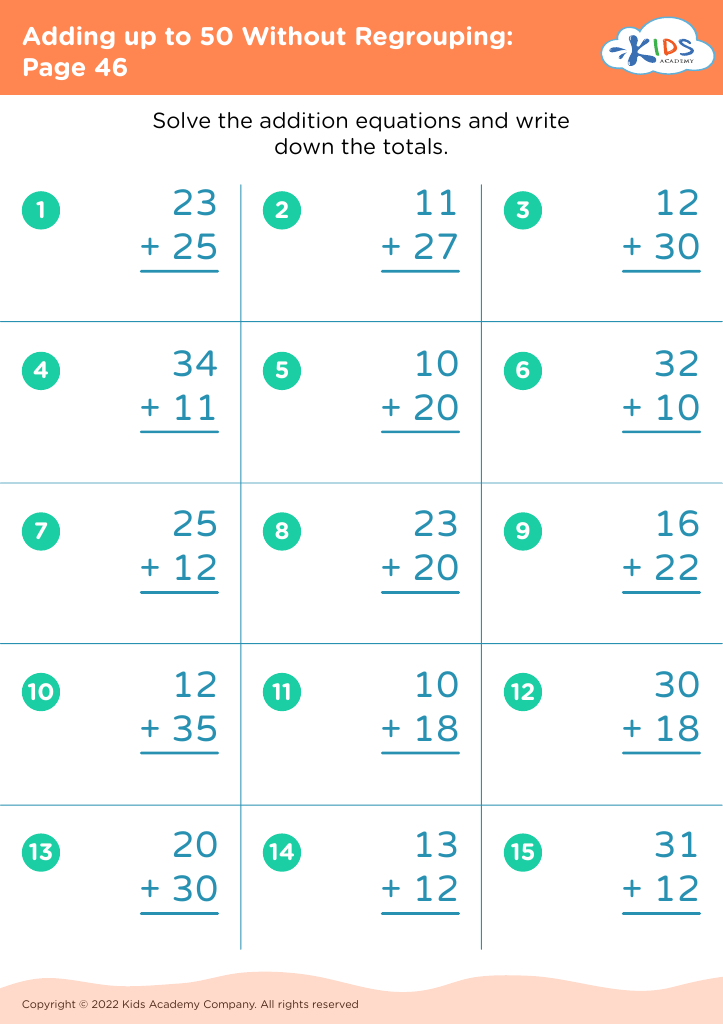
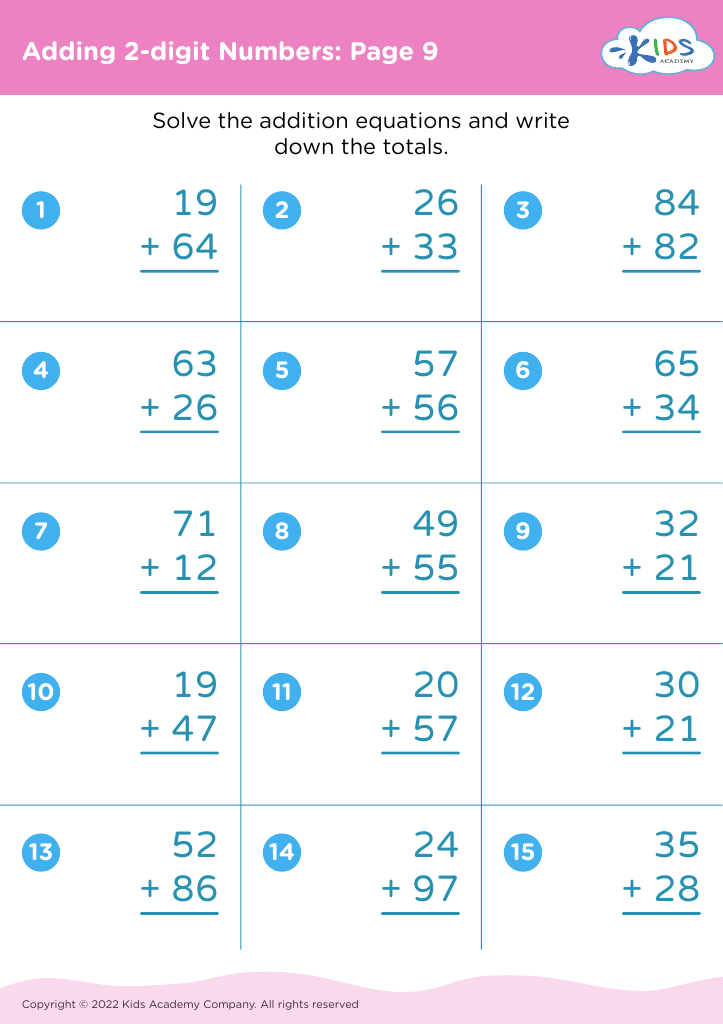
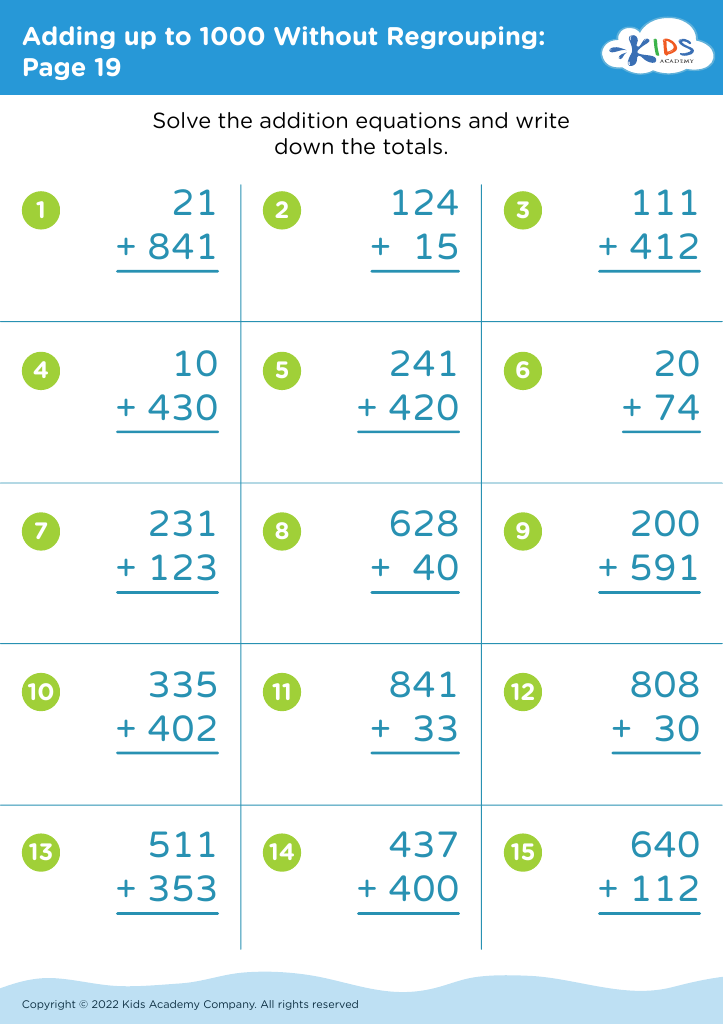
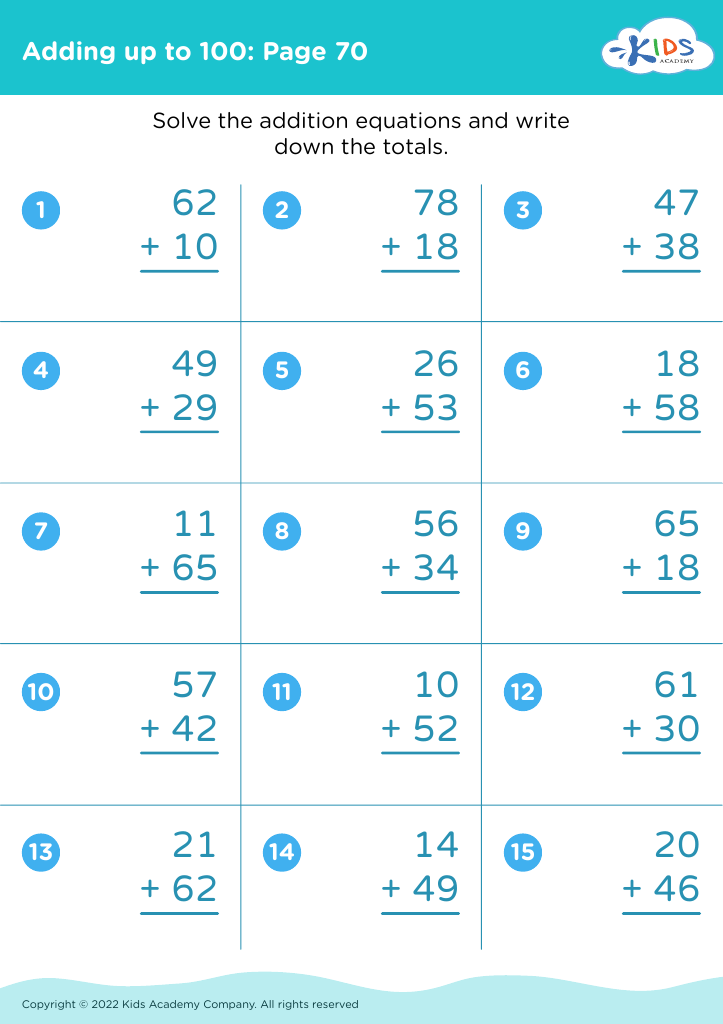
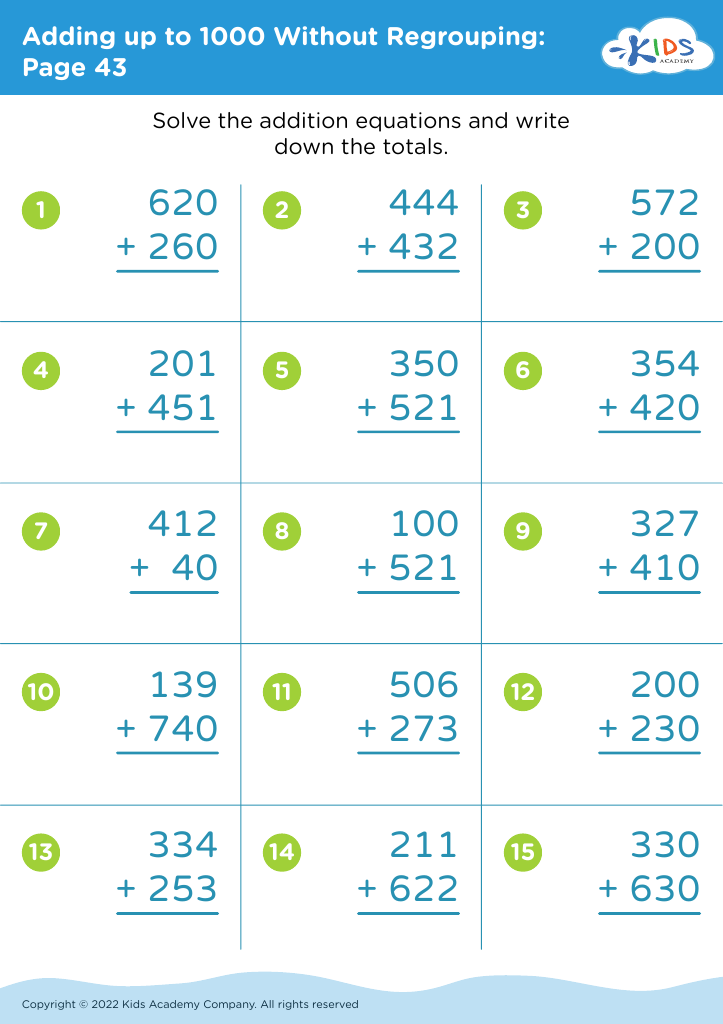


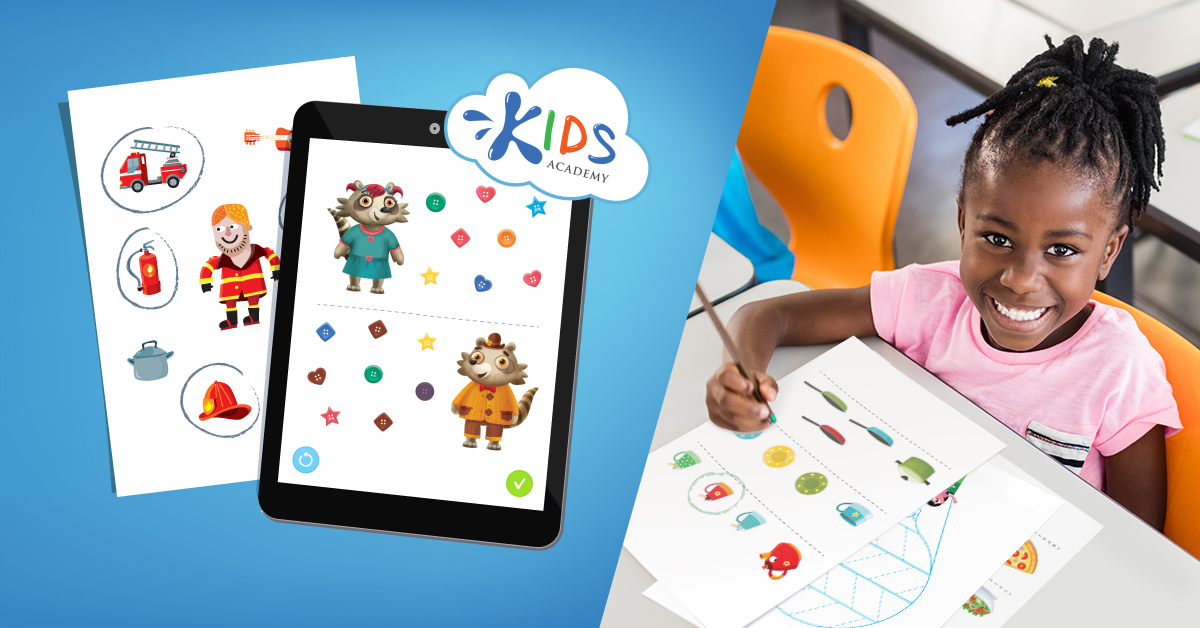
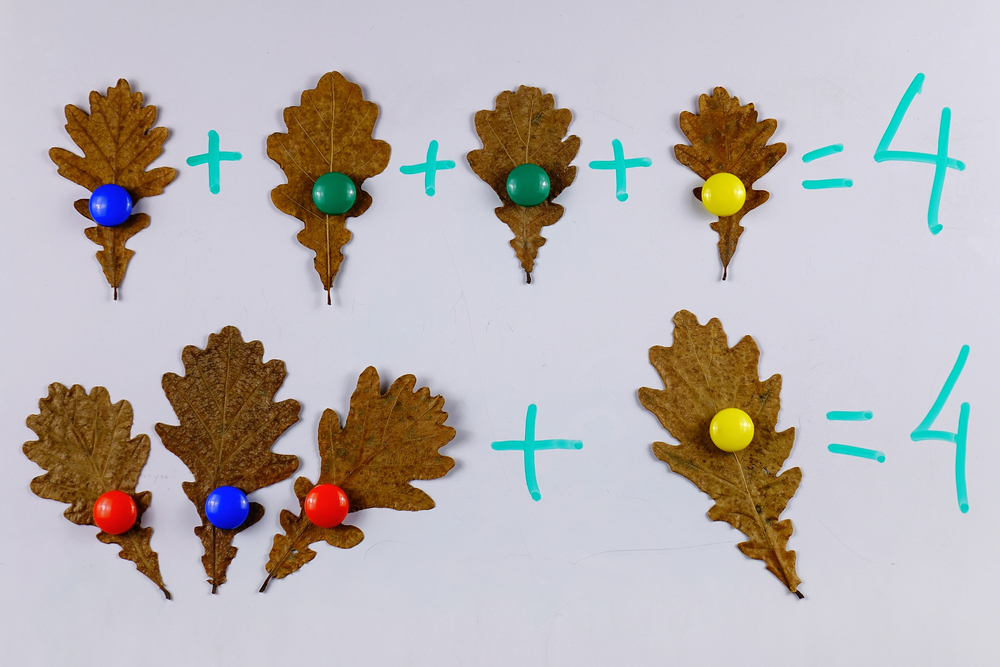

.jpg)
